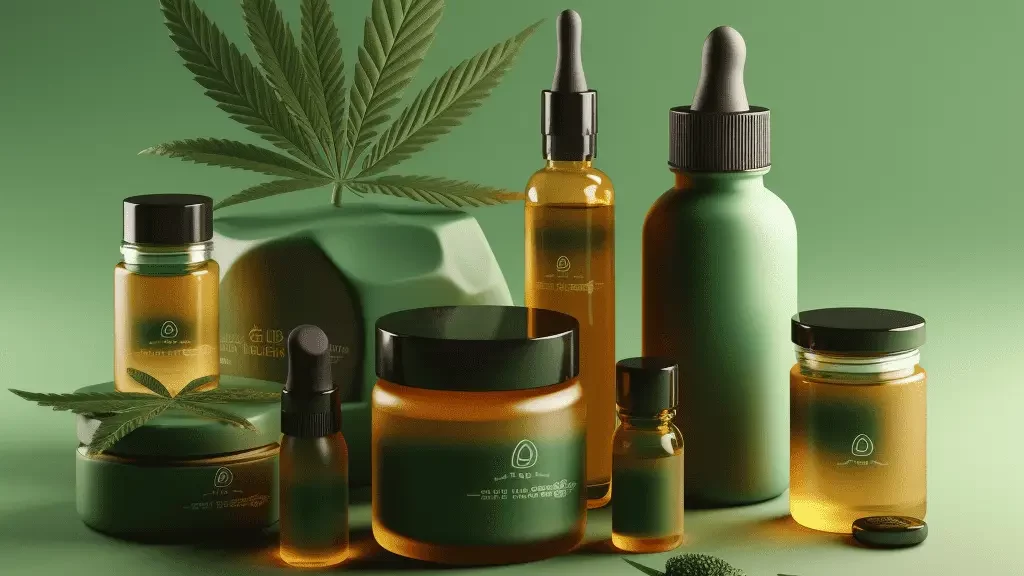Introduction
Introduction to CBD (Cannabidiol) and its growing popularity
Cannabidiol, or CBD, has taken the world by storm. Extracted from the cannabis plant, CBD is a non-psychoactive compound that’s found its way into everything from oils to gummies. Its popularity has soared due to its potential health benefits, sparking both intrigue and controversy.
Brief mention of conflicting opinions on CBD safety
While many swear by CBD’s therapeutic effects, others question its safety. The conflicting opinions have led to confusion, making it essential to unveil the myths, facts, and latest research on CBD safety.
Purpose of the article
This article aims to provide an unbiased, research-backed examination of CBD safety. From its benefits to controversies, clinical trials, and guidelines, we’ll explore every facet of CBD.
Section 1: What is CBD?
Definition and extraction from the cannabis plant
CBD is a natural compound extracted from the Cannabis sativa plant. Unlike THC (tetrahydrocannabinol), the psychoactive ingredient in marijuana, CBD doesn’t cause a “high.” It’s often extracted as an oil and mixed with other oils for various products.
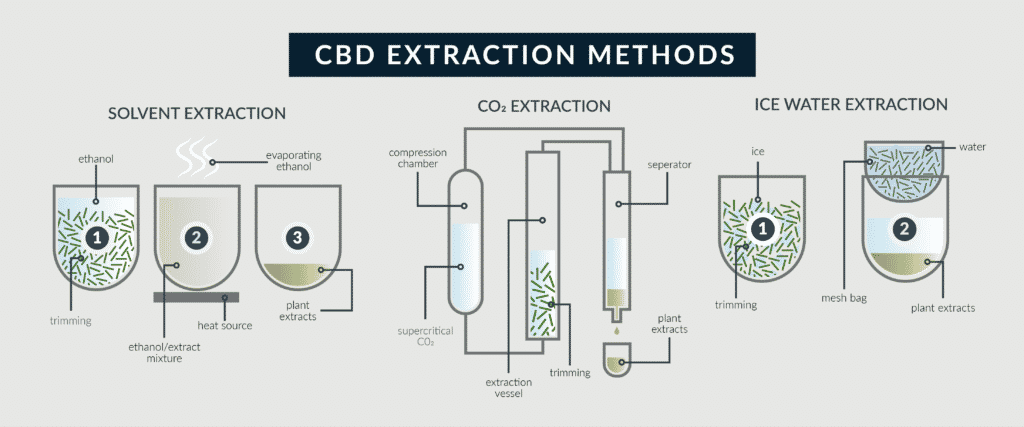
Difference between CBD and THC
- CBD: Non-psychoactive, used for medical purposes.
- THC: Psychoactive, responsible for the “high” in marijuana.
Common CBD products: CBD oil, pure CBD, etc.
CBD is available in various forms, including:
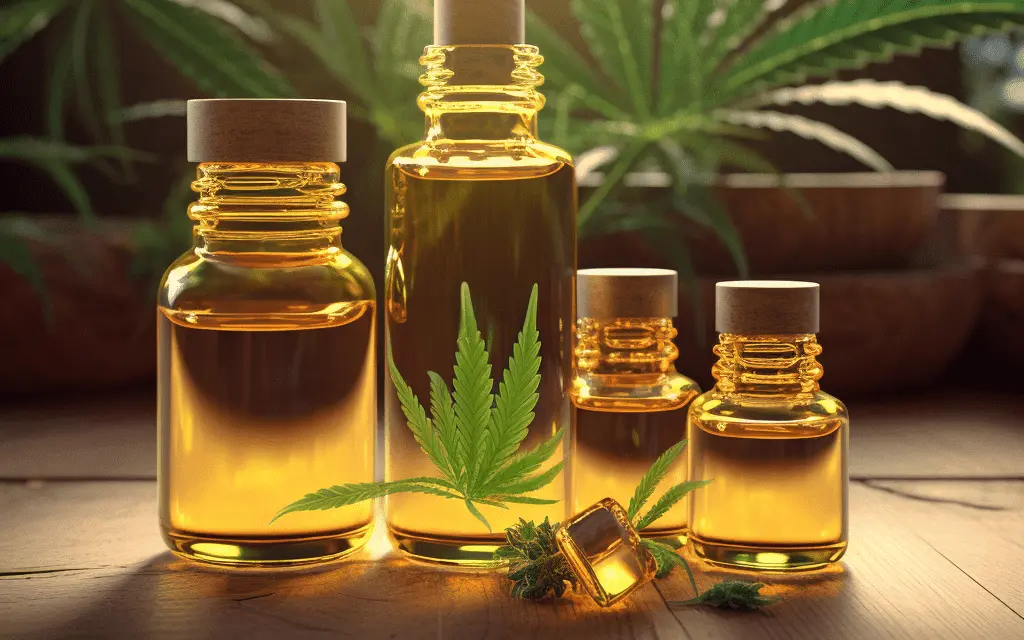
Legal status in the United States and federal law considerations
In the United States, the legal status of CBD is complex. The Agriculture Improvement Act of 2018 legalized hemp-derived CBD with 0% THC. However, state laws vary, and the FDA’s regulations on CBD products are still evolving. More on FDA’s stance
Section 2: The Benefits of CBD
Chronic pain relief
CBD has been widely recognized for its potential in chronic pain relief. By interacting with the endocannabinoid system, CBD may reduce inflammation and alleviate pain.
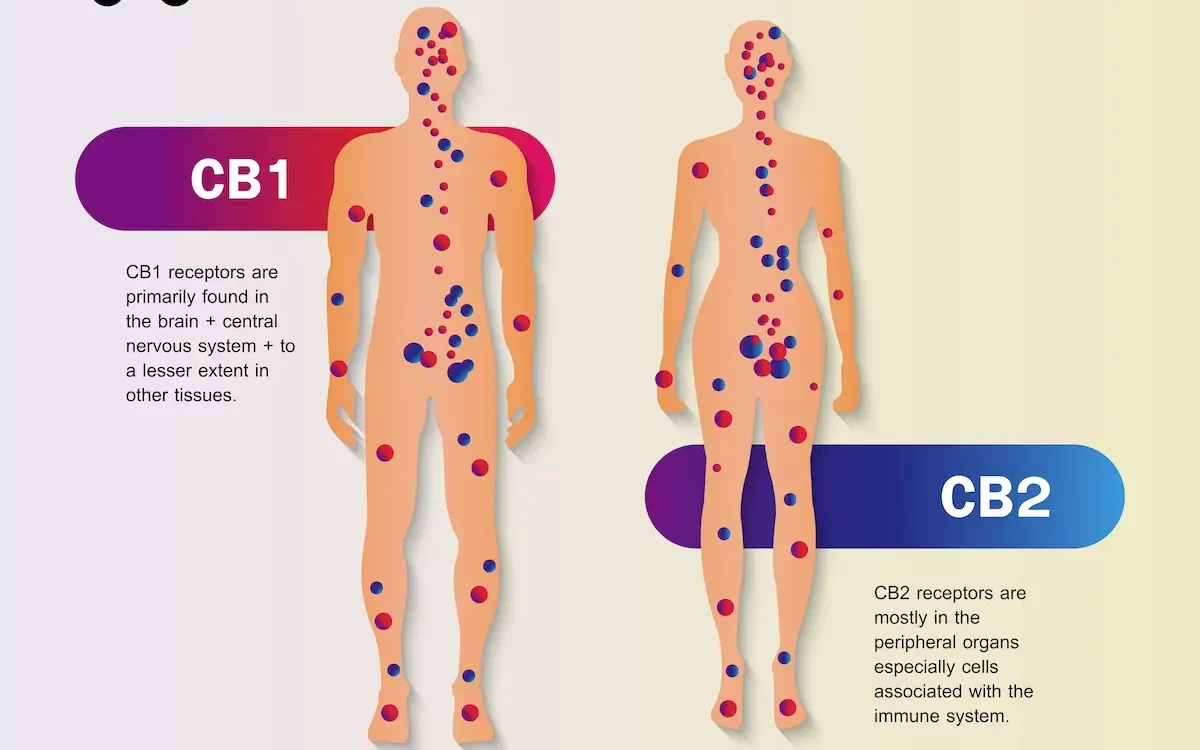
Anxiety and anxiety disorders treatment
Studies have shown that CBD may have anxiolytic effects, helping in the treatment of anxiety disorders. From generalized anxiety to social anxiety, CBD’s calming effects have made it a popular alternative treatment. More on CBD and anxiety
Potential in cancer treatment, Parkinson’s disease, and multiple sclerosis
CBD’s potential extends to:
- Cancer Treatment: May reduce symptoms and side effects of cancer treatment.
- Parkinson’s Disease: Potential in improving quality of life.
- Multiple Sclerosis: May reduce muscle spasticity.
Summary of positive effects and health benefits
CBD’s health benefits are vast, ranging from pain relief to potential aid in serious medical conditions. However, more research is needed to fully understand its effects and optimal usage.
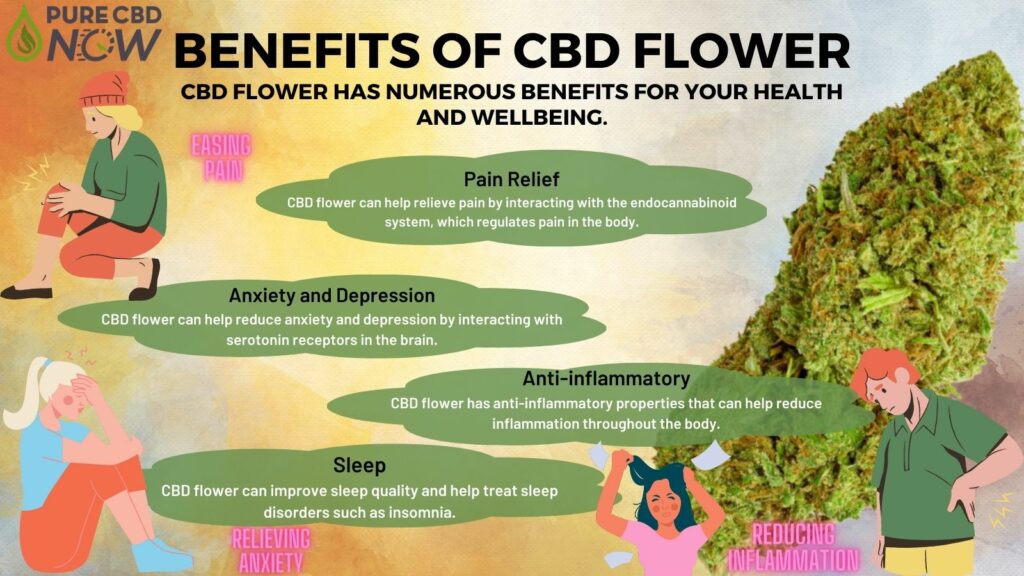
Section 3: The Controversies and Concerns
Adverse effects and high doses considerations
While CBD is generally well-tolerated, adverse effects can occur, especially at high doses. These may include dry mouth, diarrhea, reduced appetite, drowsiness, and fatigue. More on adverse effects
| Common Adverse Effects | Frequency & Notes |
|---|---|
| Tiredness | Commonly reported; may lead to fatigue or general weariness. |
| Diarrhea | Often reported; varies in severity. |
| Changes in Appetite/Weight | Some studies report changes in appetite and weight; more research needed. |
| Dry Mouth | Known as xerostomia; can be a noticeable side effect. |
| Low Blood Pressure | May cause temporary drop in blood pressure, leading to lightheadedness. |
| Drowsiness | Can induce drowsiness or sleepiness in some individuals. |
Please note that the frequency and severity of these side effects can vary from person to person. The reported side effects are mainly based on in vitro or animal studies, and more human studies are needed to fully understand the potential adverse effects of CBD.
Psychoactive effects and misconceptions
Contrary to popular belief, CBD does not have psychoactive effects like THC. Misuse of psychoactive substances can lead to health risks, but CBD itself does not fall into this category. FDA’s stance on psychoactive substances
Interaction with prescription medication and drug tests
CBD can interact with prescription medications, leading to potential adverse events. It’s essential to consult healthcare providers and inform them of all medications, including over-the-counter drugs and dietary supplements. FDA’s recommendations
FDA’s stance and state law variations
The FDA regulates CBD for medical purposes, and state laws vary regarding recreational use. The FDA may take regulatory action to improve product safety, such as updating labeling information or restricting usage. FDA’s regulatory actions
Section 4: Clinical Trials and Research
Overview of clinical trials and animal studies
Clinical trials and animal studies are essential in evaluating CBD’s safety and effectiveness. These studies provide preliminary data on potential therapeutic effects before human testing.
Specific cases like Dravet syndrome, Lennox-Gastaut syndrome, and tuberous sclerosis complex
CBD has been studied for treating rare and severe forms of epilepsy, such as Dravet syndrome, Lennox-Gastaut syndrome, and tuberous sclerosis complex. More on these studies
Systematic review and references to research papers
Several research papers and systematic reviews have analyzed clinical trials on CBD, including:
- The Use of Psychedelics in the Treatment of Medical Conditions
- Registered clinical studies investigating psychedelic drugs for psychiatric disorders
- FDA Issues First Guidance on Clinical Trials for Psychedelic Drugs

Section 5: Safety Guidelines and Considerations
Safe CBD use and dosage guidelines
Safe CBD use requires careful consideration of dosage and delivery methods. Lower doses are generally well-tolerated, but side effects can occur. Consulting healthcare providers is essential to determine appropriate dosage. More on dosage guidelines
Considerations for special medical conditions
CBD’s dosing regimens vary for different conditions. Standardized doses exist for certain syndromes, while others require careful consideration of patient-specific factors. More on special medical conditions
Importance of consulting a healthcare provider
Consulting a healthcare provider is crucial to ensure safe CBD use. They can consider factors like medical history, current medications, and potential interactions to provide personalized recommendations.

Summary of safety guidelines
Safe CBD use requires adherence to guidelines, consideration of individual factors, and consultation with healthcare providers. Following these principles ensures optimal benefits with minimal risks.
Conclusion
Recap of the article
CBD’s safety is a complex subject, encompassing benefits, controversies, clinical trials, and guidelines. This article has provided an in-depth exploration of each aspect, backed by research and expert opinions.
Final thoughts
CBD’s potential is vast, but understanding its safety is essential. By staying informed and following guidelines, users can explore CBD’s benefits while minimizing risks.
References
- FDA’s stance on CBD
- More on CBD and anxiety
- More on adverse effects
- FDA’s stance on psychoactive substances
- FDA’s recommendations
- FDA’s regulatory actions
- More on these studies
- The Use of Psychedelics in the Treatment of Medical Conditions
- Registered clinical studies investigating psychedelic drugs for psychiatric disorders
- FDA Issues First Guidance on Clinical Trials for Psychedelic Drugs
- More on dosage guidelines
- More on special medical conditions






